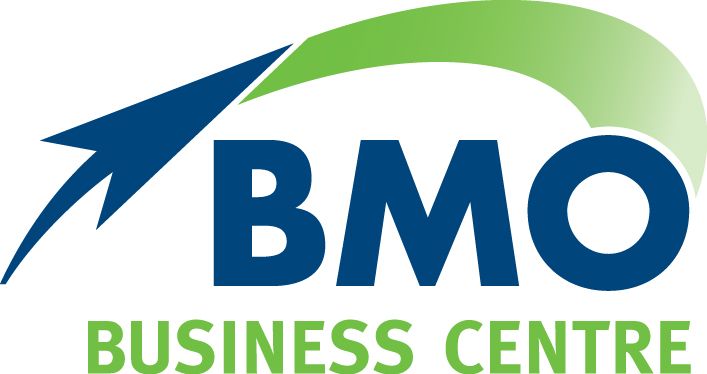Risk management key to building a strong business
Running a small business can be difficult enough without having an unforeseen event disrupt or cripple your operations.
Imagine a trusted employee is found to have embezzled hundreds of thousands of dollars over a number of years. Can the business withstand the financial hit? What is the effect on their colleagues? And how will you deal with the betrayal?
It is often said that many small business owners are too busy working in the business to find the time and resources to work on the business. But protecting your business from disasters is worth setting aside some time for.
Pinpointing the threats
Identifying risk and working out your options for dealing with them, not only helps form a risk management strategy that might see you through disaster, but can improve and strengthen your operations in the meantime by minimising some risks. It might also be appropriate to engage others in the task such as employees, contractors, clients, suppliers, investors, financial supporters, insurers, government agencies and your local community.
Many risks are common to all businesses, while others are specific to your industry and operations. Some examples to consider are:
- Financial – including rising interest rates, fraud, tax issues, payment system disruptions or major economic shocks such as a sharemarket crash
- Competition – a new player enters the market or a current competitor closes, flooding you with unexpected new orders
- Environmental – natural disasters, pandemics or other health events (what happens if the annual flu season sees a number of key employees out of the office at once)
- Reputation – an employee is charged with a high profile offence or there is a social media pile-on against your business
- Political – a change in the rules that cover your operations or a change of government
- Technology – software and hardware crashes, failing to upgrade leaving you with obsolete technology or cyber security breaches
- Health and safety – an employee or customer is injured (or worse) because of an unsafe process
- Security – vital plant and equipment is stolen or vandalised
- Operations – your business aims, policies or strategies are out of date or not appropriate for current conditions
Don’t forget to check your various insurances. Insurance is one of the most important ways to deal with many business risks so make sure that your cover is appropriate for your needs.
Put together a plan
With a list in hand of the risks your business faces, the next step is to assess each one to work out the likelihood of it happening and the possible consequences. Some risks are preventable, and others may be easy to eliminate by, for example, installing an alarm system or buying extra personal protective equipment (PPE).
It could be useful to chart them on a risk analysis matrix or a risk analysis template to highlight areas that may need your focus.
Finally, you will need to work out your response to each. Can the risk be avoided or reduced or are you prepared to accept it? The plan should include strategies to treat each risk, timeframes for each strategy, an outline of who is responsible for each part of the plan and the resources required.
With all of the hard work completed, regular monitoring and review of your risk management strategy is essential to ensure it is effective and relevant. This includes ensuring any changes needed are implemented and carrying out regular risk assessments to update your plan.
Investing in risk management can help small businesses thrive in a competitive marketplace, allowing them to focus on growth rather than worrying about potential risks. So, take the time to develop a risk management plan to make sure that your business is prepared for whatever the future may bring.
Contact us for help in identifying and mitigating your business risks.
The post Risk management key to building a strong business appeared first on BMO Accountants.
Contact Us
BMO Dalby
By Mail:
PO Box 180
Dalby Qld 4405
In Person: 178 Drayton Street (access via Hogan Street)
Dalby Qld 4405
BMO Charleville
By Mail:
PO Box 198
Charleville Qld 4470
In Person: 58 Alfred Street
Charleville Old 4470
BMO Roma
By Mail: PO Box 300 Roma Qld 4455
In Person: 137 McDowall Street Roma Qld 4455
Office Hours:
Monday – Thursday 8am – 5pm and Friday 8am – 3pm
PH: 07 4662 3722
FAX: 07 4662 5975
Useful Links
Stay in Touch
Footer Contact Form
We will get back to you as soon as possible
Please try again later
Contact Us
BMO Dalby
By Mail: PO Box 180 Dalby Qld 4405
In Person: 178 Drayton Street (access via Hogan Street) Dalby
BMO Charleville
By Mail:
PO Box 198
Charleville Qld 4470
In Person: 58 Alfred Street
Charleville Old 4470
BMO Roma
By Mail: PO Box 300 Roma Qld 4455
In Person: 137 McDowall Street Roma Qld 4455
Office Hours: Monday – Thursday 8am – 5pm and Friday 8am – 3pm
PH:
07 4662 3722
FAX: 07 4662 5975
Footer Contact Form
We will get back to you as soon as possible
Please try again later
All Rights Reserved | BMO Dalby | Website design & development by Hey Marketing


